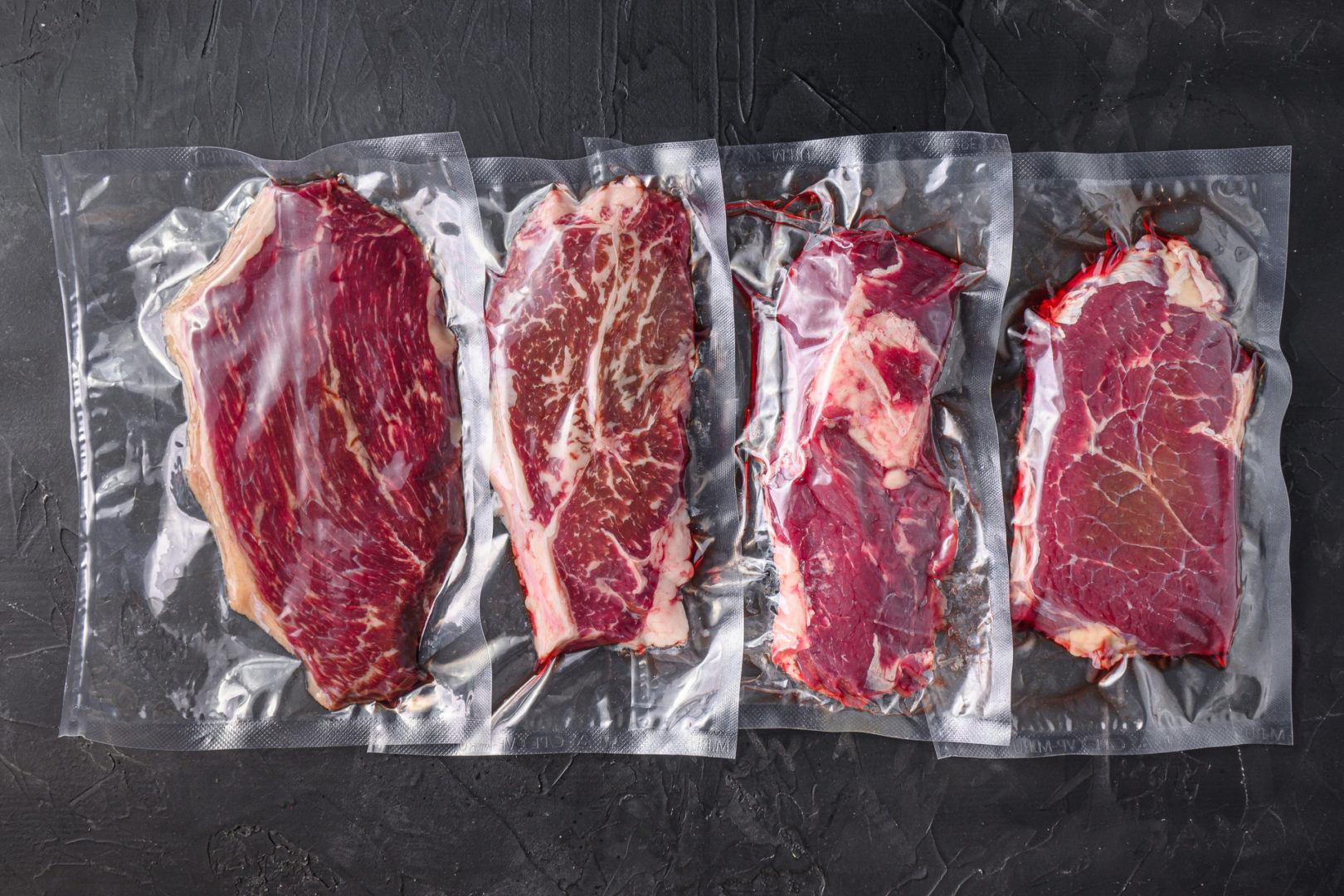We used to process beef, pork and smoke slabs of bacon and fish for a butcher shop growing up. We never soaked anything in water other then brine for fish and curing for the bacon( which wasn’t soaking in water, but defiantly wet). At the same time we all hunted and processed animals ( deer, elk, antelope, pigs, bear ) for other people. So as far as number of animals I could not even guess. We still process our own and close friends beef, pork, and game. But not nearly what we used to when my dad was alive. We hunt a bit out of state, and the southern states is where we first had friends introduce us to the “ ice bath”. And the meat they would pull out of those coolers were slimy, grey “ tofu” meat. After trimming away the grey slime, and losing a lot of meat that we didn’t by hanging in a walk in, that alone was a good reason not to soak meat. And occasionally they would open one of the coolers to a pretty nasty smelling slimy mess. We asked why they do it that way, and of course we ate some, and it wasn’t any worse or any better then “ traditional aged” meat but the hassle, and waste were crazy. And it was to age it and get rid of the gamey taste. They never said any thing about ours tasting gamey, and I could not really tell the difference in either texture or taste, for the most part. Some of the animals we shot down there ( their property) we could hang in a walk in cooler. And we weren’t about it soak it. So we would hang it in the cellar with a fan going. And we would process ours and freeze it before coming home. So some animals hung for 7-10 days. But most maybe 2-3 days, some one day. We nor no one else could tell the difference between the 1 day to the 10 day aging. And in 40 plus years now not one person has been able to tell. As long as the animal dies, quickly and does not have a build up of adrenaline. The meats great, and thats with deer, elk, antelope, feral pigs, and bear, and a couple mountain lion. I will try and find the rigamortise thing, but I don’t know if it was in writing, or a surgeon ( sisters husband, back in the day) told us about it. And agin if that’s what you got and that’s what you like by all means, keep doing it. It don’t matter a bit to me how people do it. Just giving my opinion, and it’s worth what you paid for it. Loll Merry Christmas .

